Rifle Company Casualties
Dear Sir,
As a World War II veteran of C Company, 134th Infantry, 35th Division, I certainly enjoyed Don Haines’s article on the Bedford Boys in the May 2012 issue of WWII History. I have done a lot of research on my own outfit, which was a National Guard unit out of Nebraska. C Company was first committed at St. Lo at which time they suffered heavily, losing over 30 men killed in the month of July 1944. I joined them January 8, 1944, near Bastogne and in January 1945 they lost over 30 men KIA. My research shows that in the rifle companies sooner or later something happens to everyone. At war’s end the only original men present were in the company supply and kitchen, and maybe two or three who had been wounded and sent back up to the front. My experience was an example. On January 8, 1945, 42 of us joined C Company and by the end of the month something had happened to 28 of the 42.
James G. Graff
Middletown, Ilinois
Oradour-sur-Glane
Dear Editor,
In regard to the article on Oradour-sur-Glane in the July 2012 issue of WWII History, while not exonerating the Germans for what they did, don’t you think that, in the interest of fairness, the individuals who triggered the whole thing by taking it upon themselves to play hero and snipe at a mechanized column that was on its way out, never to return, with full knowledge of what the Germans’ reaction was likely to be —after four years of occupation there was no way they could not have known—deserve just a bit of the blame?
B.J. Figueredo
Gonic, New Hampshire
Dear Mr. Figueredo,
Frankly, I am taken aback by your letter. There is never—repeat—never an excuse for executing innocent civilians. To even attempt to place blame with anyone other than the German troops and their officers who perpetrated the heinous atrocity at Oradour-sur-Glane defies logic.
Michael E. Haskew
Editor
Pacific Merchant Tanker
Dear Editor:
Thank you for Dr. Carl Marcoux’s Pacific Merchant Marine story and the fine pictures of the tankers in your July 2012 issue. That’s the first picture I’ve seen of a full tanker (five feet of freeboard). I am going to cut the pages, glue them together, and frame them.
G.F. Gomez
WWII Pacific Tanker Sailor
Albuquerque, New Mexico
The Magnificent Jeep
Dear Editor,
I read with interest the article “The Magnificent Jeep” by Michael D. Hull in the July 2012 issue of your magazine. It brought back a lot of memories. I would like to add a few things that I saw about the jeep.
The jeeps we received in England were partially disassembled in strong wood boxes. When assembled, the instructions were: “Fill the battery with water, start the engine and run it for 15 minutes.” Incredible! At that time batteries were shipped dry and then filled with sulfuric acid solution of the correct specific gravity. Evidently when the batteries were assembled at the factory they were first filled with sulfuric acid crystals to make the proper electrolyte.
The jeep ignition switch did not require a key to start the engine. It was a simple on/off switch. To prevent the theft of his jeep, the driver raised the hood, unsnapped the distributor cap, then removed the distributor rotor, snapped the distributor cap back on, shut the hood, put the rotor in his pocket and walked away. He felt certain that his jeep was safe and could not be stolen.
The problem was everybody knew about this procedure, and jeep distributor rotors could be purchased on the black market in Paris for $25!
When the 87th Infantry Division reached Metz, France, an order came from headquarters: “A length of angle iron must be bolted to the center of the front bumper on all jeeps, extending up above the driver and ending in a hook forward…” When the jeep drivers drove at night they often laid the windshield down flat on the hood in order to see better in the dark. If the Germans stretched a wire across the road between two trees it could cut the driver’s head off! The angle iron with the hook on the top end was supposed to break the wire.
At Junkerath, Germany, we “liberated” a large DC arc welding generator. We fastened the generator in the back end of a salvaged jeep and connected it with a third drive
shaft to the transmission transfer case. Now we had a portable arc welder that was mobile and self-propelled.
The medics brought over several jeeps to modify. Staff Sergeant Cecil Cantrell welded litter racks across the hood and across the back of the jeep behind the front seats. They were then used to haul wounded men back to the field hospitals.
The only way you could tell which jeeps were made by Ford and which were made by Willys was by the front crossmember in the jeep frame. One was made of square tubing and the other was round tubing. After 69 years, I can’t remember which was which!
Paul Donald Winkler
Denton, Nebraska
USS Corregidor
Dear Editor:
While reading “Pearl Harbor Heroism” about Seaman Doris “Dorie” Miller in the May 2012 issue, I was surprised to read about the escort carrier USS Corregidor being part of Task Force (Taffy) 52.3.
My late father, Donald Eugene Birkett, served aboard the Corregidor as a Torpedoman’s Mate First Class. She, like the USS Liscome Bay, was of the Casablanca class.
Tim Birkett
Bartonville, Illinois
Maritime Academies
Dear Editor,
I enjoyed reading the article on the Pacific Merchant Marine (July 2012 issue), but your author missed one of the maritime academies. Florida had its own maritime academy in St. Petersburg. My father, Captain James E. Dillon, was captain on the training ship from 1944 until 1946. It was originally named the SS Edgemont. When it became the training ship at the academy, it was renamed the USS American Sailor. As a child, I made a few cruises aboard her, and I slept in my father’s stateroom. In any event, thanks for a well-written article.
Harry J. Dillon
Captain, U.S. Navy (ret.)
Cathedral City, California
Note: Opinions expressed in “Dispatches” do not represent those of the writers, editors, or staff of WWII History or Sovereign Media.
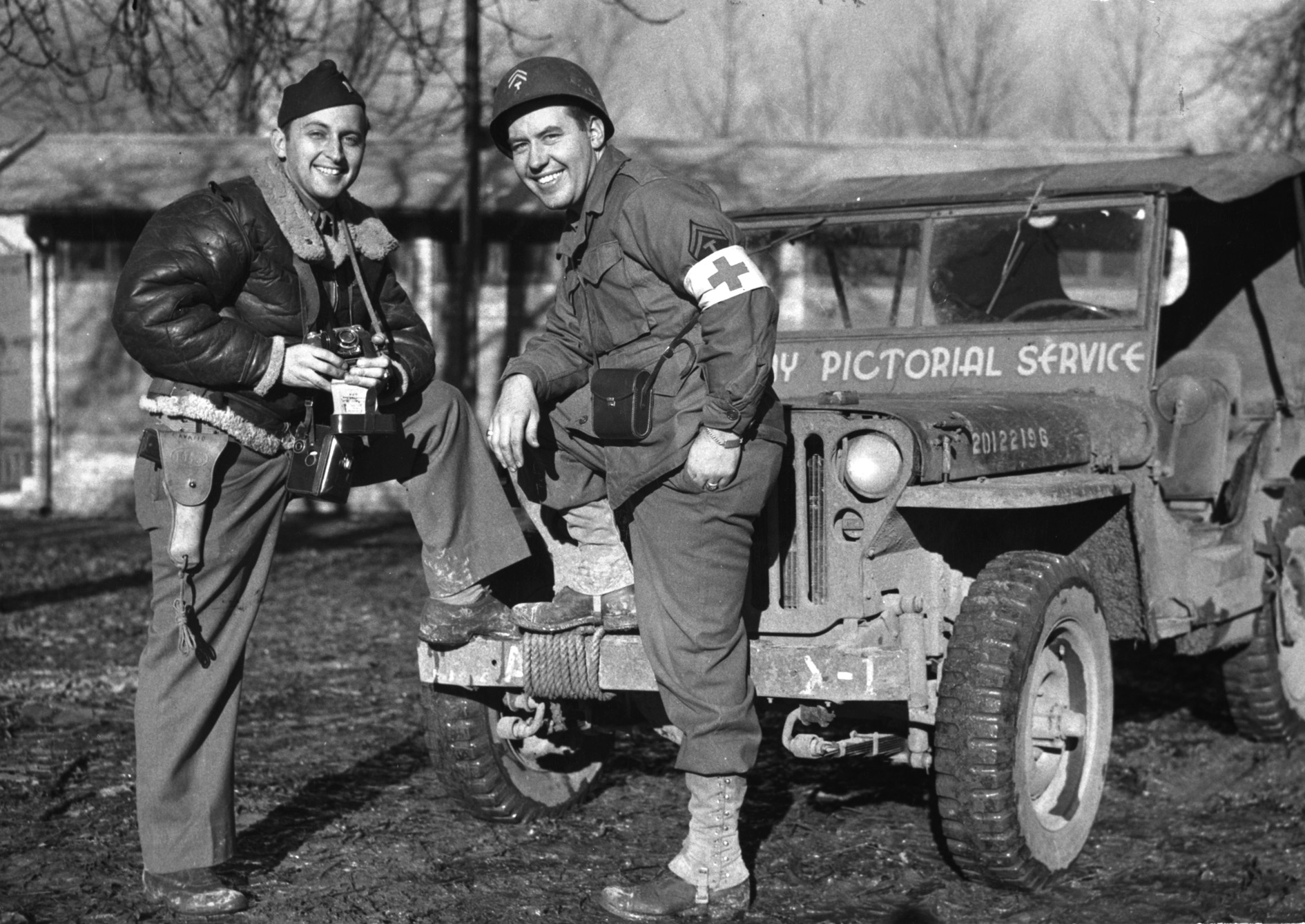
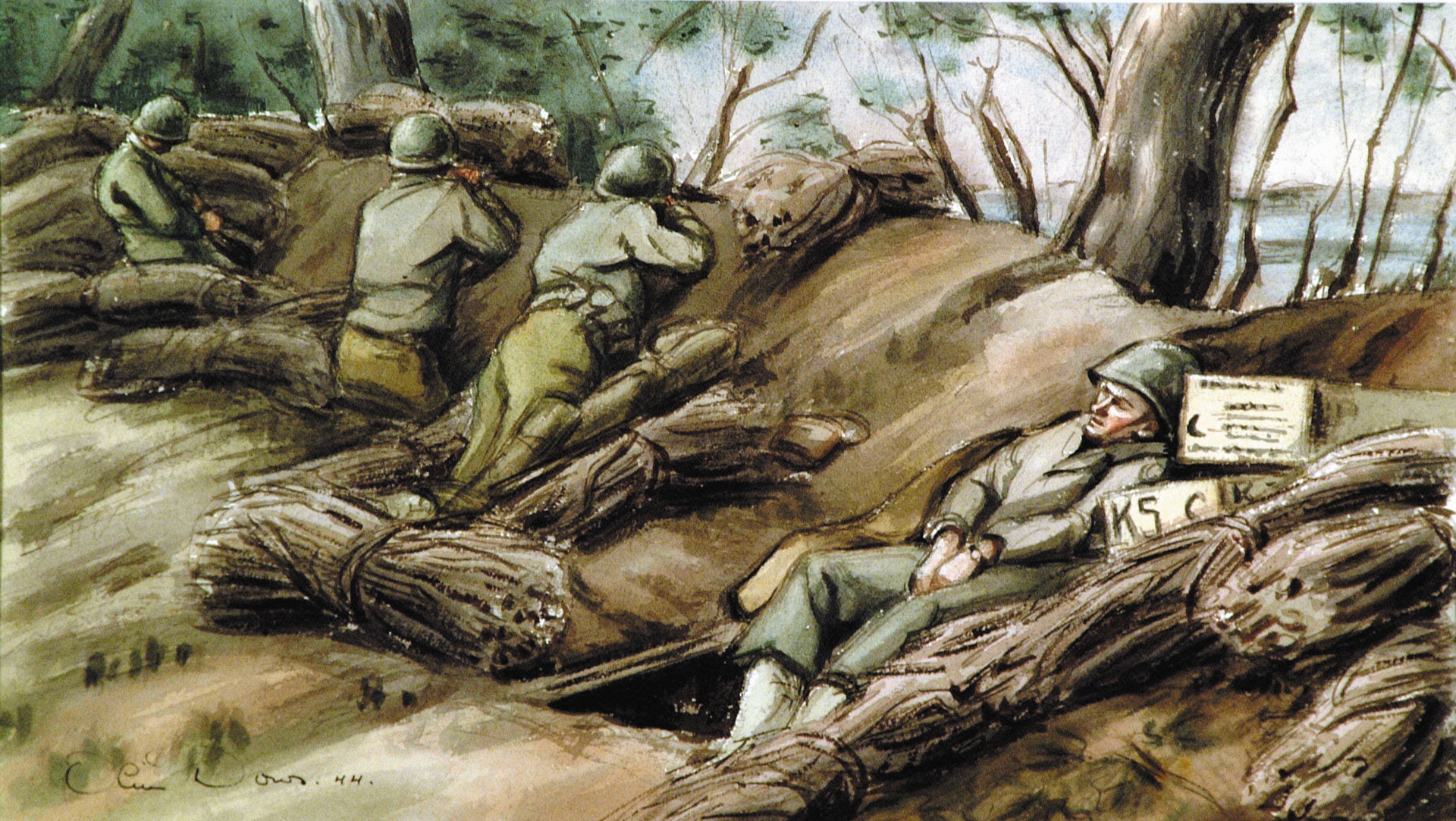
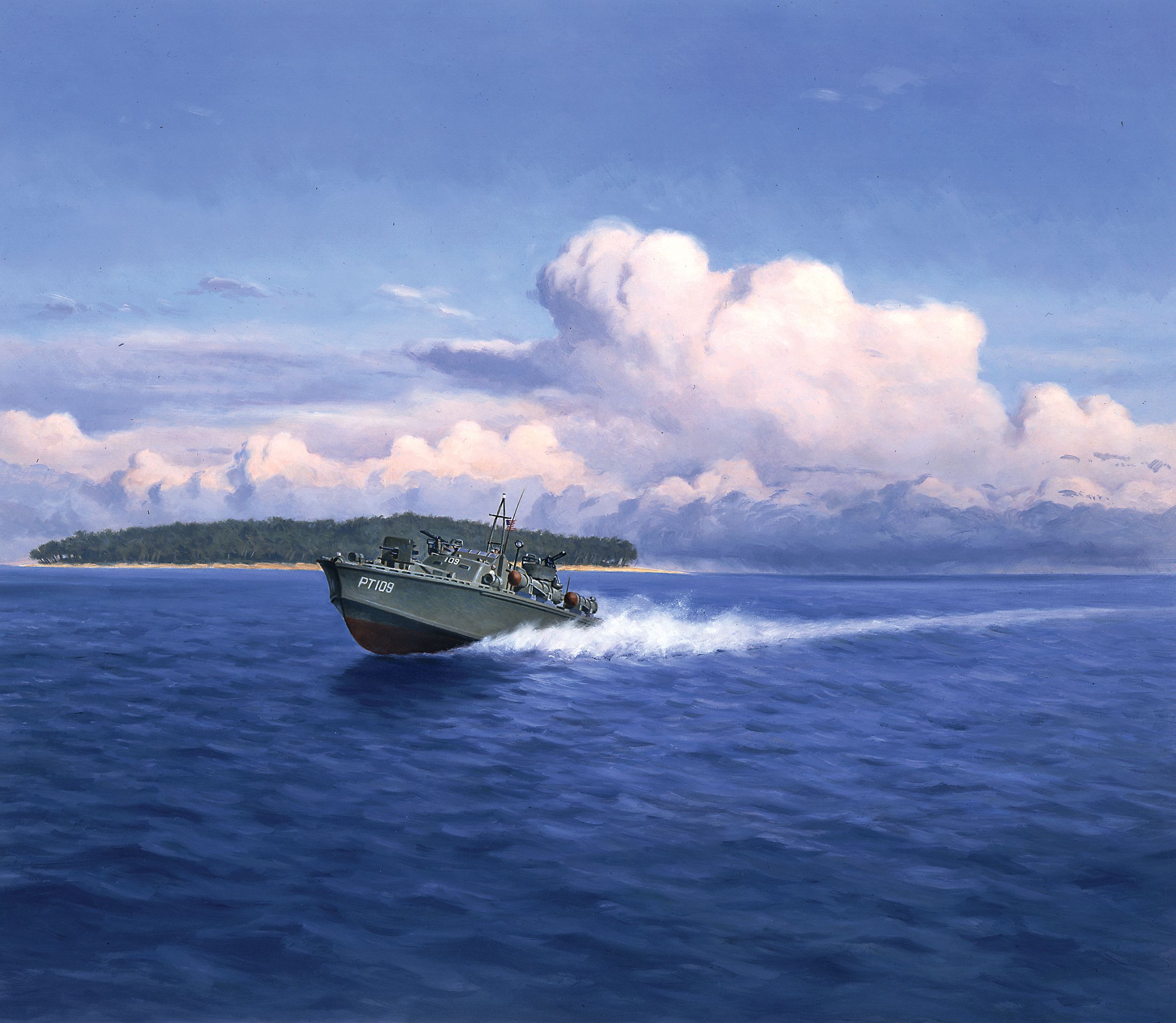
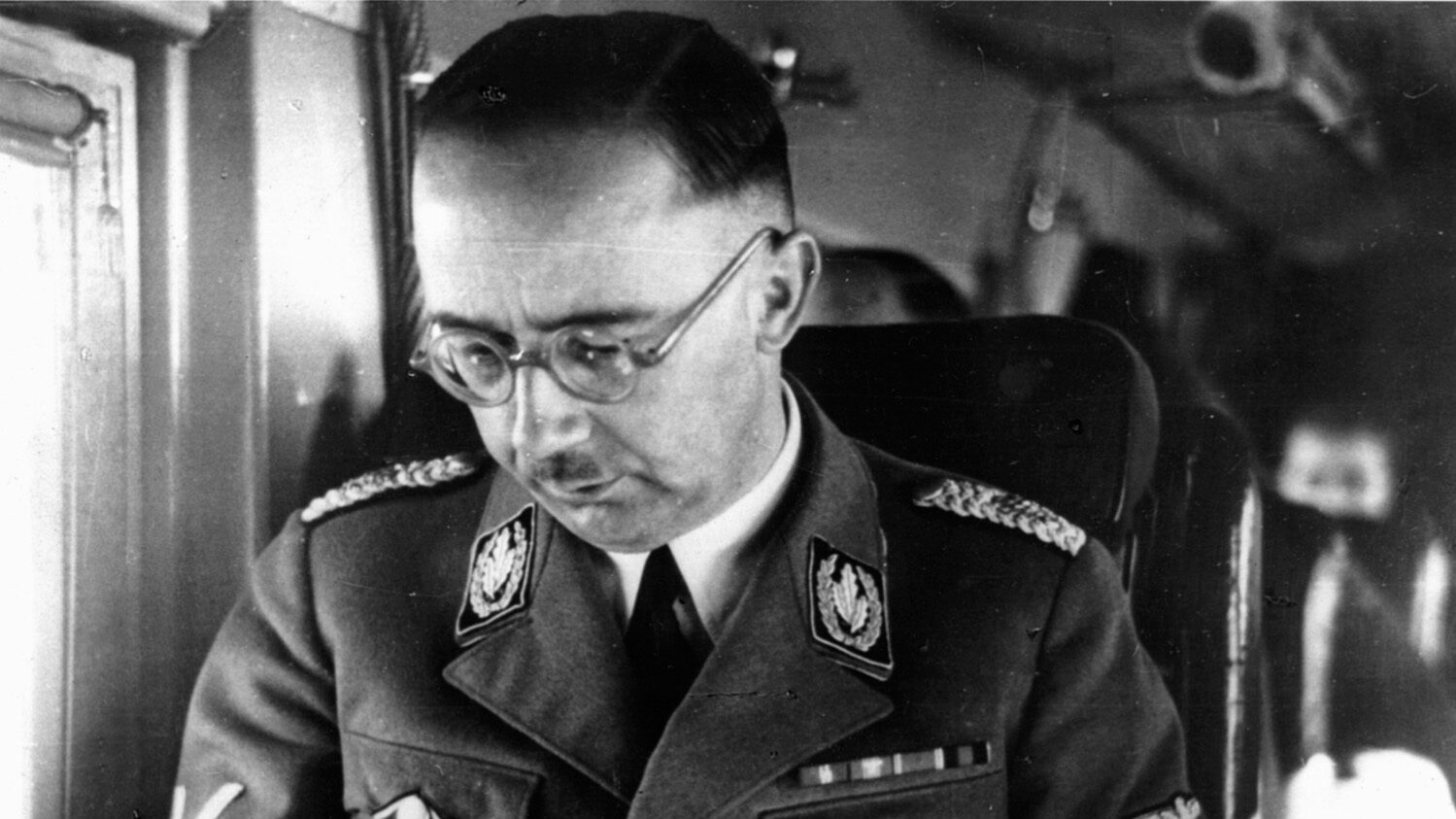
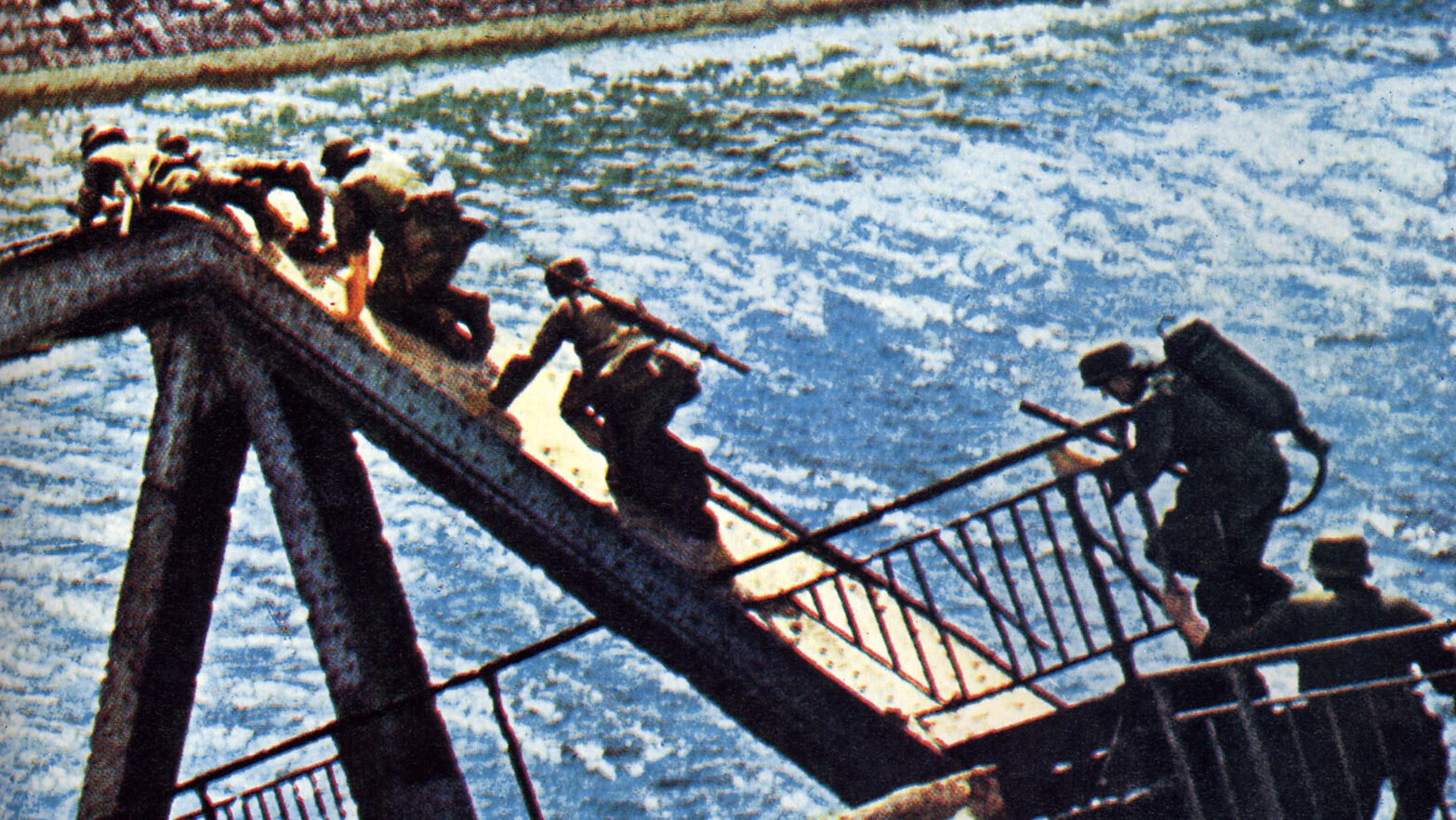
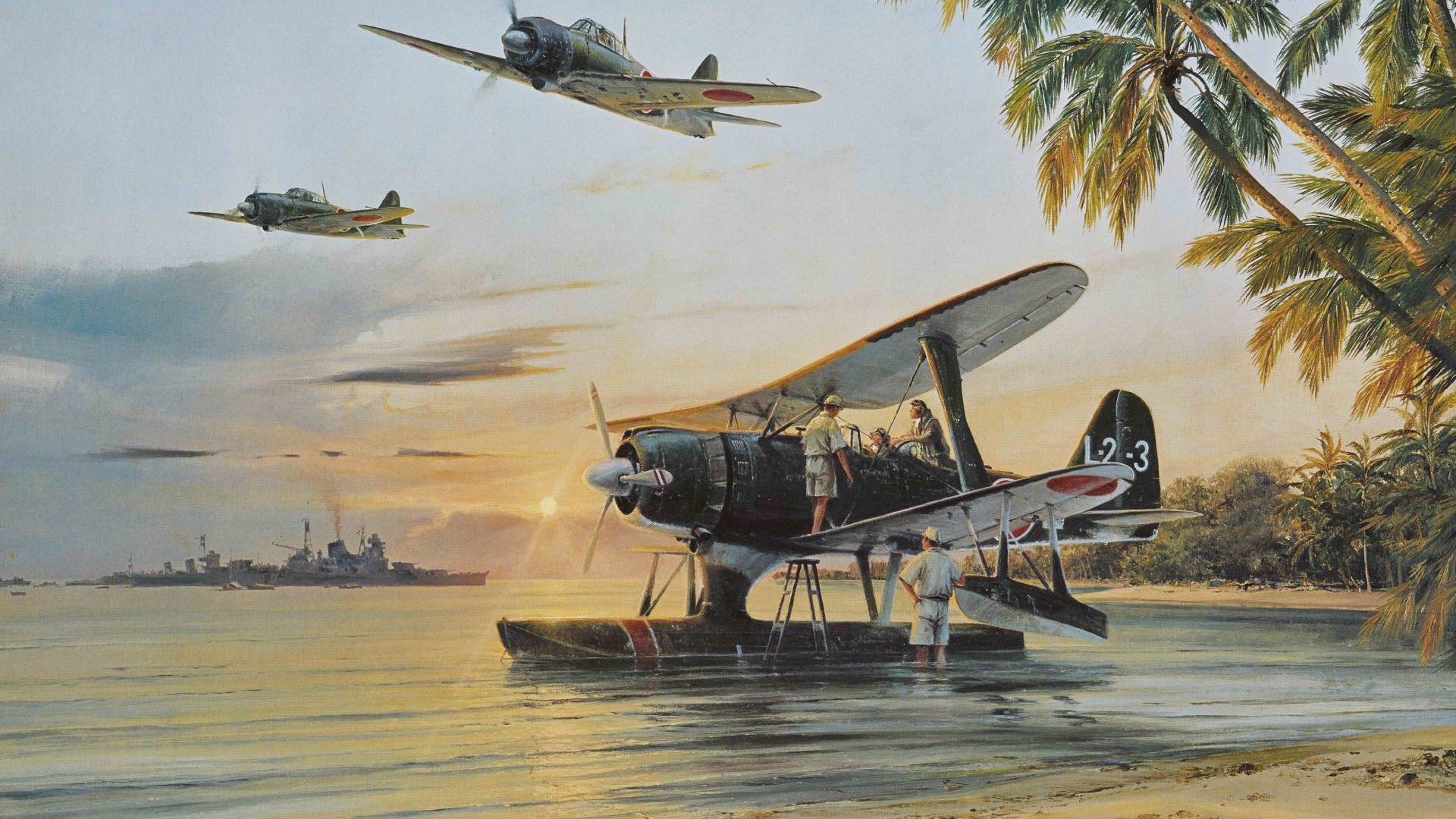
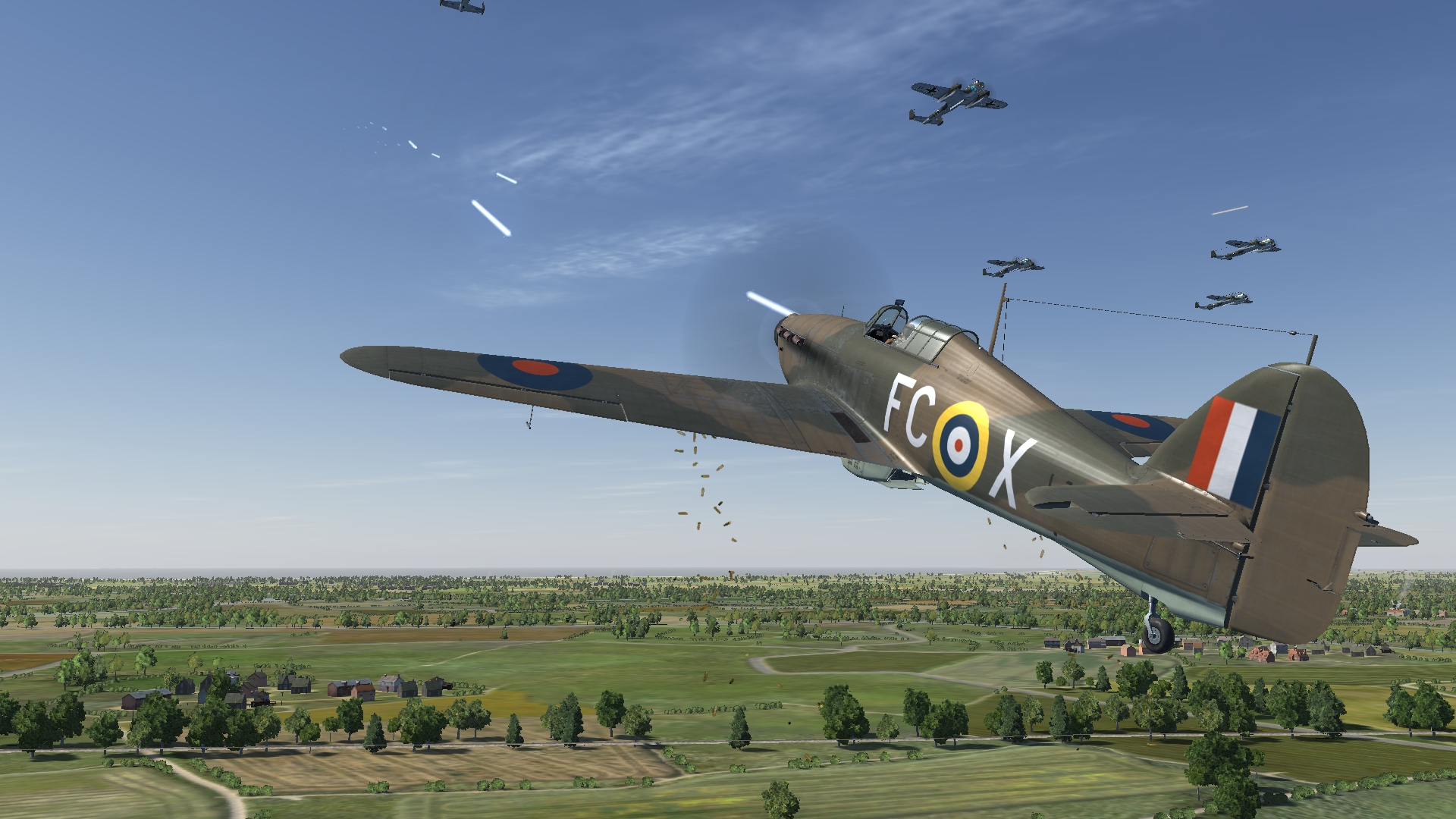
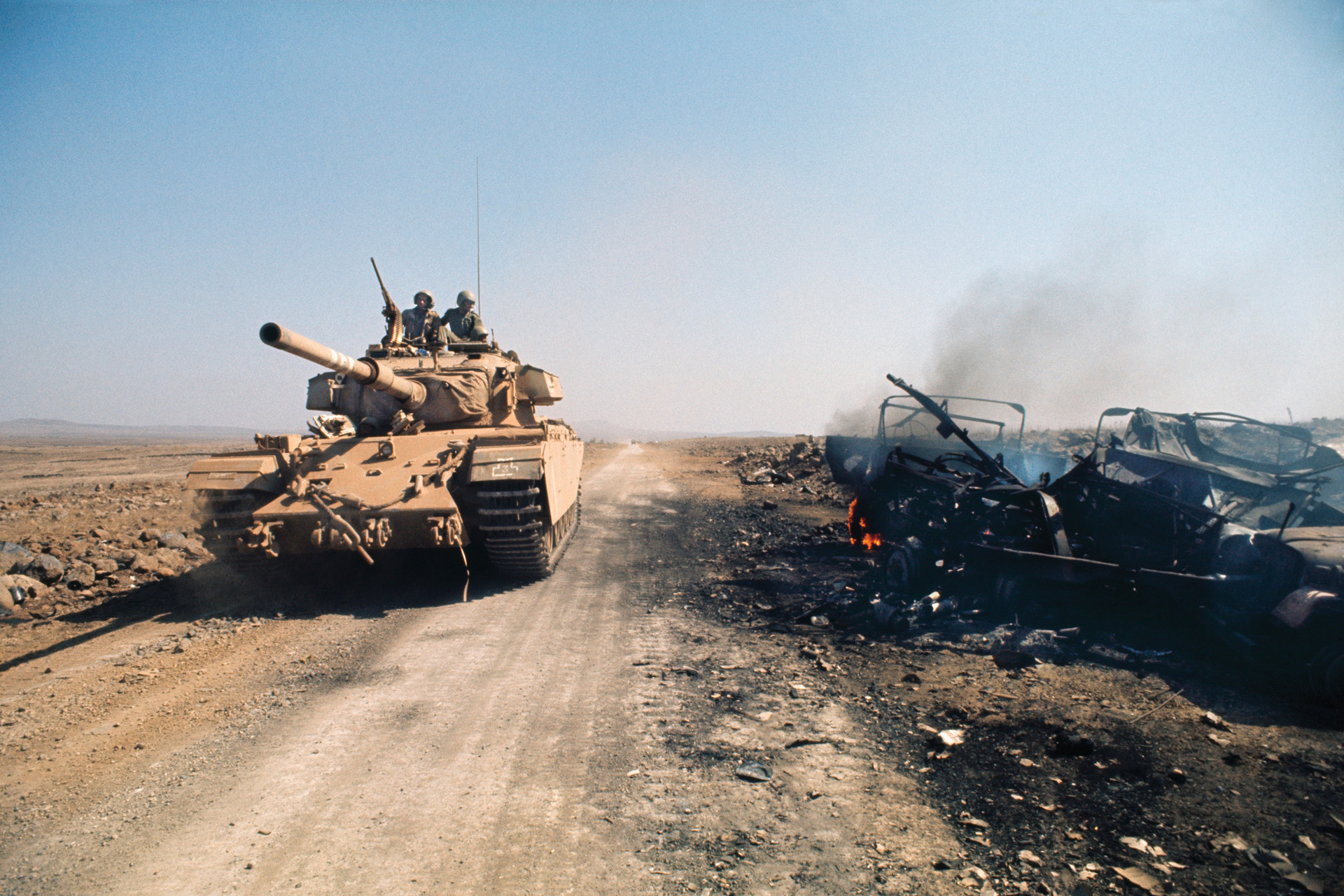
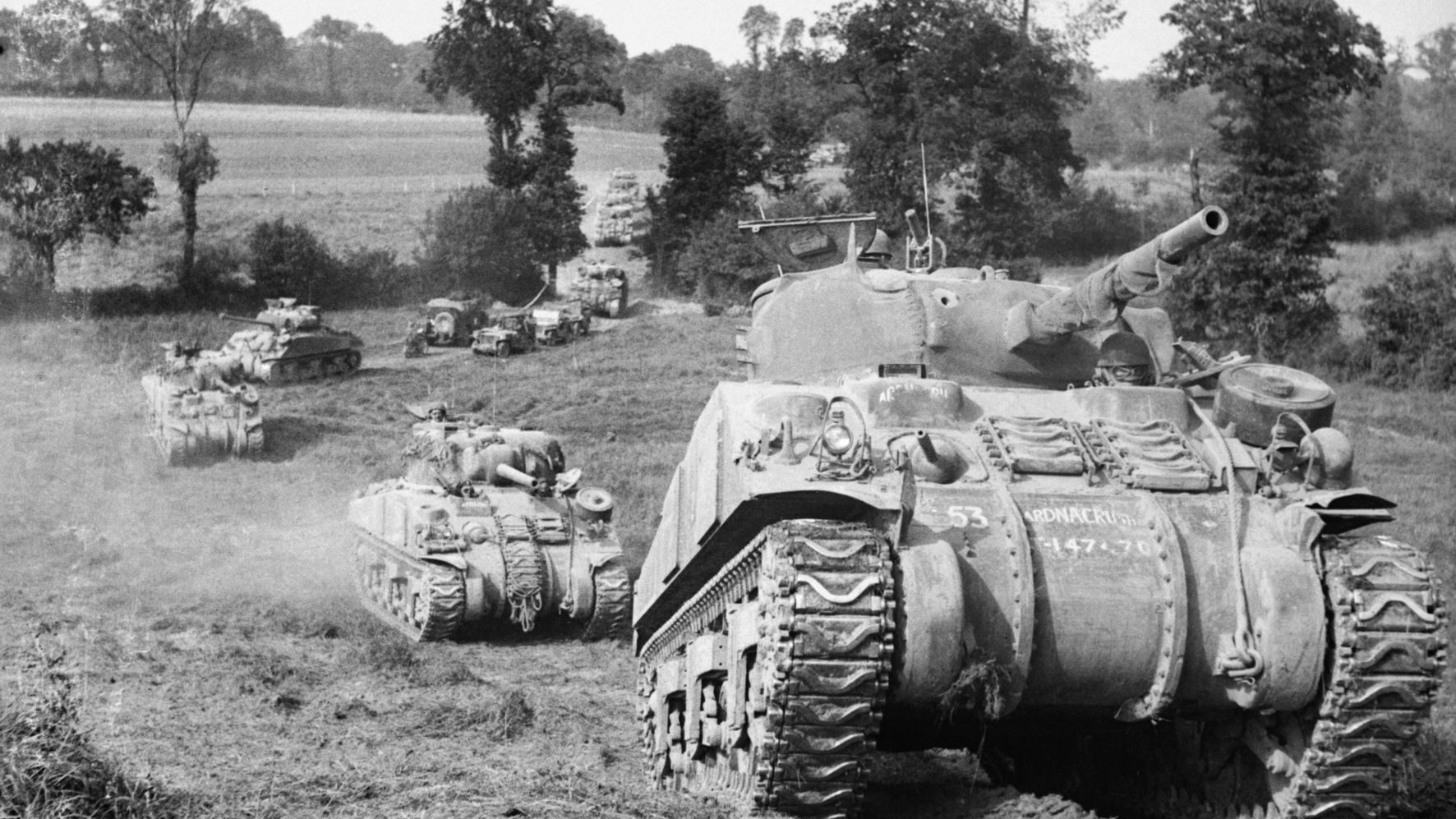
Join The Conversation
Comments
View All Comments